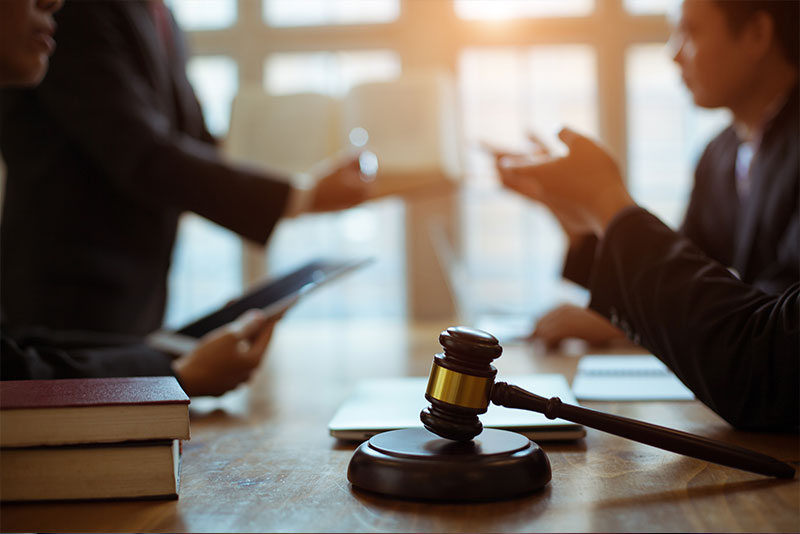There are two main types of consolidation loans- secured and unsecured. A secured loan requires some sort of collateral against it, such as a home or car. This type of loan opens up the possibility of losing your asset if you default on the loan. An unsecured loan doesn’t require collateral and is often seen by combining credit card balances or personal loans.
Chapter 7
Chapter 7 allows individuals to actually “get rid of” their unsecured debt- like credit cards and medical bills. Your income must be low to even qualify. According to a new law, this is determined by taking a test showing your income doesn’t exceed the median amount in your state. Not only do you have to show the inability to pay back creditors, you must also receive credit counseling within 180 days before filing. Counseling allows the consumer to look objectively at their situation and evaluate if there’s a true need for bankruptcy. Towards the end of the bankruptcy process, another counseling session is required to learn personal finance management skills.
Chapter 7 is known as liquidation bankruptcy. The debtor must sell off any non-exempt assets like stocks and bonds, valuable collections, antiques, second homes or vacation properties. Creditors can file a claim against their assets in hopes of getting some type of payment from the sale. Once assets are sold, the proceeds are distributed to creditors who’ve filed a claim. Most Chapter 7 bankruptcy cases are “no asset” cases, meaning the person has no valid possessions to sell and the court discharges any remaining debt. In other words, the consumer won’t have to pay back any debt they owe that was part of the bankruptcy filing. This process takes approximately 4-6 months.
Chapter 11
Chapter 11 bankruptcy is one of the most expensive and complex bankruptcy filings. Also, it is usually the slowest, taking from six months to two years to complete. Chapter 11 cases are usually filed by corporations and partnerships, but occasionally can be filed by individuals who have too much debt or income to file for Chapter 7 or 13. When filed by a business, the consumer is called a “debtor in possession” because the business runs as usual during the bankruptcy process.
Basically, Chapter 11 is a contract between a debtor and creditor as to how a business will operate and pay back its financial obligations. Chapter 11 entails reorganization of the debtor’s business affairs which includes their debts and assets. The debtor has the first chance to propose a reorganization plan. If the suggested program is workable and fair, the courts can accept it and the bankruptcy process moves forward. If the consumer’s plan is rejected, the court will help the business restructure its obligations. Plans can include downsizing to reduce expenses, renegotiating pay-back of debts or liquidating assets to repay creditors. Any plan must be in the best interest of the creditors.
During the Chapter 11 process, the court has oversight over the debtor and is given official authority to make legal decisions and judgements. Examples include decisions regarding non-inventory asset sales, changes in rental agreements or business operations and payment of fees and expenses to attorneys and other professionals.
Chapter 13
Chapter 13 is called the "wage earners plan". It allows those earning a regular income to make installment payments over a three to five year period. You can keep your assets and develop an affordable payment plan to repay all or part of your debt with creditors. You have to owe below the debt limit of $400,000.
Chapter 13 acts like a consolidation loan in which the individual makes one payment to a "trustee" who then distributes payments to creditors. Chapter 13 bankruptcy protects the debtor from having direct contact with their creditors and creditors can’t start or continue any collection attempts.
Strings Attached
Filing for bankruptcy isn’t free or cheap. It includes court fees as well as attorney costs and stays on your credit report for seven to ten years. It can hinder your ability to secure future credit and can affect prospective employment. Employers or landlords may ask, Have you ever filed for bankruptcy? You are legally required to answer and if you lie it’s considered a crime.
Bankruptcy should be used as a last-ditch effort, even if you’re immersed in debt. Make sure you’ve exhausted all other possibilities before you even consider it.

